The journey from green coffee beans to the perfect roast is filled with treasures waiting to be uncovered, all in the name of rediscovering coffee’s allure. By understanding the various types of beans and their unique characteristics, as well as experiencing the flavor transformations through roasting, you can elevate your coffee moments to a whole new level. So, are you ready to explore the fascinating world of coffee with us?
In this article, we’ll cover everything from the basics of green beans to the science of roasting, along with extraction methods and storage tips. There’s something here for everyone, whether you’re just starting out or already a seasoned coffee enthusiast. As you delve into the cultural background of coffee, you’ll surely find inspiration for enjoying it in your own unique way.
- Discover how knowing the types and characteristics of green beans can deepen your coffee enjoyment.
- We’ll explain the roasting process and its impact on flavor from both scientific and artistic perspectives.
- Learn key points for enjoying the nuances of flavor through proper coffee storage and cultural insights.
Join us on this flavorful journey and unlock the secrets of your next favorite brew!
A Beginner’s Guide to Coffee Beans
The allure of coffee begins with its raw beans. These beans are crucial in determining the flavor and aroma of the final brew, and they possess unique characteristics that vary widely depending on their type and origin. In this article, we’ll explore the fundamentals of coffee beans. By understanding the different types and features of the beans, you can make your coffee selection more enjoyable, and gaining insight into the cultural backgrounds can enhance your overall coffee experience.
Types and Characteristics of Coffee Beans
There are primarily two main types of coffee beans: Arabica and Robusta. Arabica beans are known for their rich flavor and acidity, and are generally regarded as high quality. Conversely, Robusta beans tend to have a stronger bitterness and higher caffeine content. Knowing these differences can help you choose coffee that suits your personal taste.
The processing methods for raw beans also vary. For instance, the natural process and washed process can produce significantly different flavors, even within the same variety. By understanding the types of beans and their processing methods, you can expand your coffee enjoyment.
- Knowing the differences between Arabica and Robusta is the first step in choosing your coffee
- The impact of processing methods on flavor is also important
- You can experience the joy of finding raw beans that match your taste
Coffee Bean Origins and Cultural Backgrounds
Coffee beans are cultivated in various regions around the world, with Brazil, Colombia, and Ethiopia being some of the most renowned. These regions have distinct climates and soil conditions that greatly influence the flavors of the beans produced. For example, Ethiopian beans are characterized by their fruity aromas, while Brazilian beans often have nutty undertones.
Furthermore, coffee is deeply rooted in many cultures, with each region having its unique ways of preparation and rituals surrounding coffee consumption. Understanding these cultural contexts can broaden your perspective when enjoying coffee and lead to a deeper appreciation of the beverage.
- Let’s learn about major coffee-producing regions and their unique characteristics
- Engaging with the cultures of these regions can enrich your coffee experience
- You’ll gain insight into the growing conditions that affect the flavors of raw beans
The Science and Art of Coffee Roasting
Roasting is a crucial process in transforming raw coffee beans into a fragrant beverage. During this process, the beans are heated, which brings out their flavors and aromas. Because the method of roasting can significantly impact the taste of the coffee, it becomes a fascinating topic for coffee enthusiasts, blending both scientific and artistic elements. Let’s dive into the basics of roasting and explore how it affects flavor.
The Basics of the Roasting Process
The roasting process begins by exposing the raw beans to a high-temperature heat source. As the beans heat up, they gradually change color and release a delightful aroma. Throughout roasting, moisture inside the beans evaporates, and their structure transforms. The critical factors in this process are temperature and time; adjusting these elements can change the balance of flavor and aroma in the beans.
As roasting progresses, the beans emit a sound known as the “first crack.” This moment indicates that the beans are starting to expand internally, and it’s a key point in the roasting process. Once you hear that crack, the finishing touches on the roast become essential. Extending the roasting time can lead to a stronger bitterness, while a shorter roast highlights acidity, allowing you to tailor the roast to your personal taste.
- Roasting transforms raw beans into aromatic coffee.
- Temperature and time significantly influence flavor.
- The first crack is an important indicator during roasting.
How Roasting Levels Affect Flavor
The roasting level has a major impact on the flavor of the coffee. Light, medium, and dark roasts each have distinct characteristics. Light roasts are known for their strong acidity and fruity flavors. Medium roasts strike a balance, harmonizing sweetness and acidity, making them appealing to many. Dark roasts, on the other hand, bring out stronger bitterness and a rich, full-bodied flavor.
Each roasting level offers something unique, catering to personal preferences and different drinking occasions. For instance, enjoying a fruity light roast in the morning can be refreshing, while savoring a deep roast during a relaxing moment can be equally satisfying. Finding your favorite roast level can enhance your coffee experience significantly.

If you found this article intriguing, you might also want to check out “Exploring How Coffee Bean Selection and Quantity Determine Deliciousness.” It covers everything from selecting coffee beans to quantity, roasting, and brewing methods, helping you deepen your understanding of roasting even further.
- Roasting level greatly influences coffee flavor.
- Light roasts are characterized by strong acidity and fruity notes.
- Discovering your ideal roast level is part of the enjoyment.
Exploring Different Brewing Methods
When it comes to unlocking the rich flavors of coffee, the brewing method is crucial. The way you extract flavors from roasted beans can significantly influence the taste and aroma of your cup. Among the various brewing techniques, let’s delve into the charm of drip coffee, French press, and espresso, all of which can be easily done at home. Understanding the unique characteristics each method brings to your coffee can enhance your coffee experience even further.
Comparing Drip Coffee and French Press
Drip coffee is a popular method that involves grinding coffee beans and pouring hot water over them to extract flavors. As the water flows through the grounds, it slowly draws out the aromas and flavors, resulting in a clean and crisp taste. This method is simple and allows for easy preparation at home.
On the other hand, the French press involves coarsely grinding the coffee beans and steeping them in hot water for a few minutes. This method extracts not only the flavors but also the coffee oils, resulting in a rich and full-bodied cup. Additionally, since there are no paper filters involved, you can enjoy the genuine flavor of the beans more directly.
- Drip coffee offers a clean and clear flavor profile.
- French press brewing brings out a rich, full-bodied taste.
- Each method provides a unique and enjoyable coffee experience.
The Allure and Technique of Espresso
Espresso is made by forcing hot water through finely ground coffee under high pressure, resulting in a concentrated shot with an intense flavor and a creamy layer of crema on top. This technique allows for a satisfying experience even with a small amount, as it condenses the coffee’s flavors. Espresso serves as the foundation for a variety of coffee drinks, including lattes and cappuccinos, offering numerous ways to enjoy your coffee.
To master espresso, selecting the right beans, determining the roast level, and timing the extraction are all key factors. The freshness of the beans and how they are roasted can greatly impact the flavor, making it essential to find beans that suit your taste. By perfecting your espresso technique, you can unlock even more enjoyment from your coffee journey.
- Espresso is characterized by its intense flavor and creamy crema.
- It serves as the base for a variety of coffee beverages.
- Finding beans that match your palate enhances the overall experience.
How to Store Coffee for Maximum Enjoyment
To truly savor the flavors of coffee, proper storage is essential. Even the finest roasted beans can lose their taste if not stored correctly. In this article, we’ll discuss the ideal conditions for storing coffee beans and how storage affects their flavor. Let’s learn some tips to enjoy the beans’ natural taste to the fullest.
What Are the Optimal Storage Conditions?
When it comes to storing coffee beans, there are a few key points to keep in mind. First and foremost, it’s crucial to avoid direct sunlight and humidity. Light and moisture can compromise the flavor of the beans, so the best practice is to store them in an airtight container. Additionally, it’s advisable to steer clear of the refrigerator. Temperature fluctuations can adversely affect the beans, so keeping them in a cool, dark place is the way to go.
Moreover, coffee beans are at their best right after roasting, so it’s recommended to use them relatively quickly. When purchasing, consider how much you can consume to avoid waste. Buying smaller quantities can help maintain freshness.
- Avoid direct sunlight and humidity.
- Store in an airtight container in a cool place.
- It’s recommended to use freshly roasted beans quickly.
Flavor Changes Due to Storage and Cultural Insights
The way coffee beans are stored can significantly affect their flavor. For instance, if beans are exposed to moisture or light, oxidation can occur, leading to a deterioration in taste and an increase in bitterness. Conversely, beans that are stored properly retain their rich aroma and flavor, enhancing your coffee experience.
Additionally, coffee storage methods play an important role in coffee culture around the world. In some regions, beans are dried for preservation, while others may use specific tools to store coffee. Understanding these cultural practices can deepen your appreciation for coffee.
- The way coffee is stored can greatly change its flavor.
- Proper storage preserves rich aromas and flavors.
- Learning about local coffee storage practices enhances your enjoyment.
Conclusion
The allure of coffee is influenced by a variety of factors, ranging from the selection process to roasting, brewing, and even storage methods. By understanding the different types and characteristics of green coffee beans, you can expand your enjoyment and discover your personal favorite brews. Additionally, learning the science and art of roasting will help you unlock the full flavor potential of the beans. Paying attention to brewing techniques and storage practices can further enhance your daily coffee experience.
We hope this blog has inspired you to delve deeper into the world of coffee and find your own unique way to enjoy it. Keep exploring and savoring new coffee experiences!
- Understanding the types and characteristics of green beans makes choosing coffee more enjoyable.
- Learning about the roasting process helps to bring out the beans’ flavors.
- Being mindful of brewing and storage methods enriches your coffee experience.
To elevate your coffee life, we encourage you to try out new beans! If you have any thoughts or questions about this article, feel free to share them in the comments section.





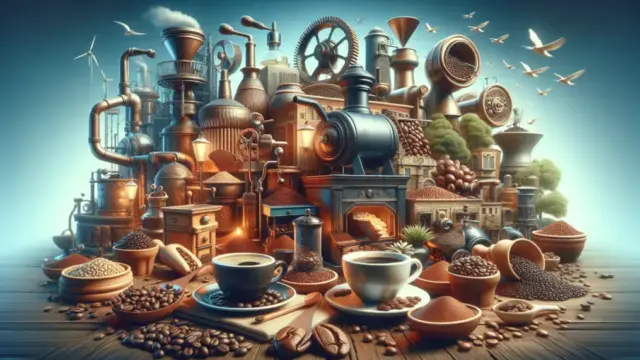
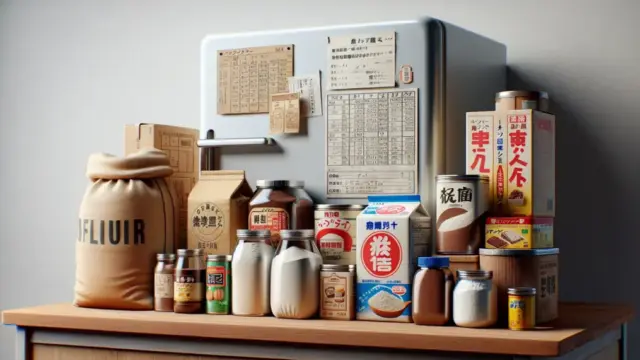









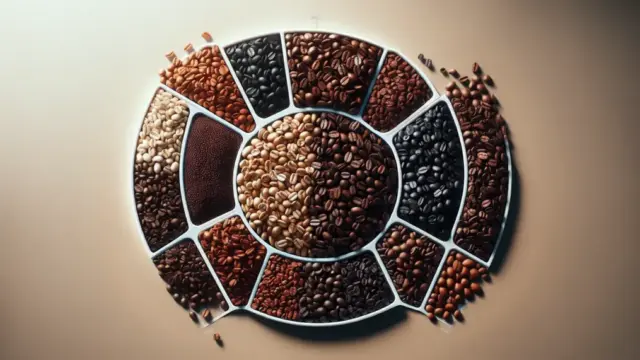


















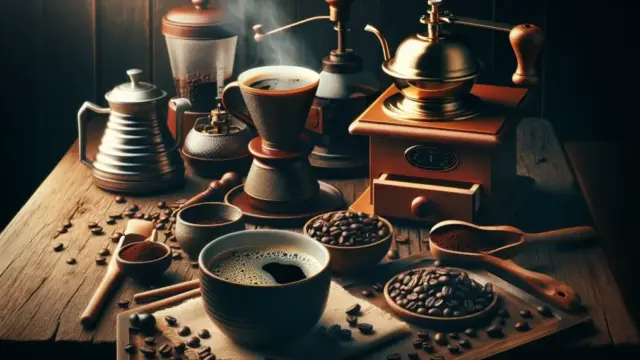





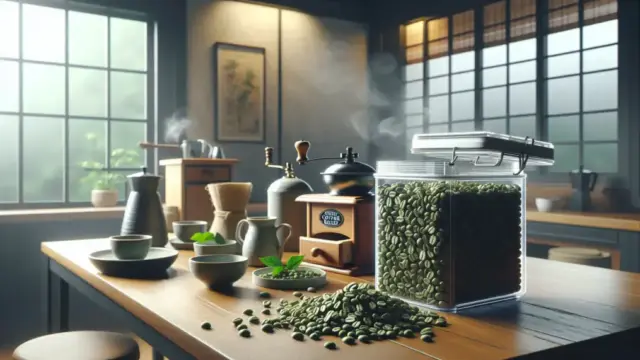



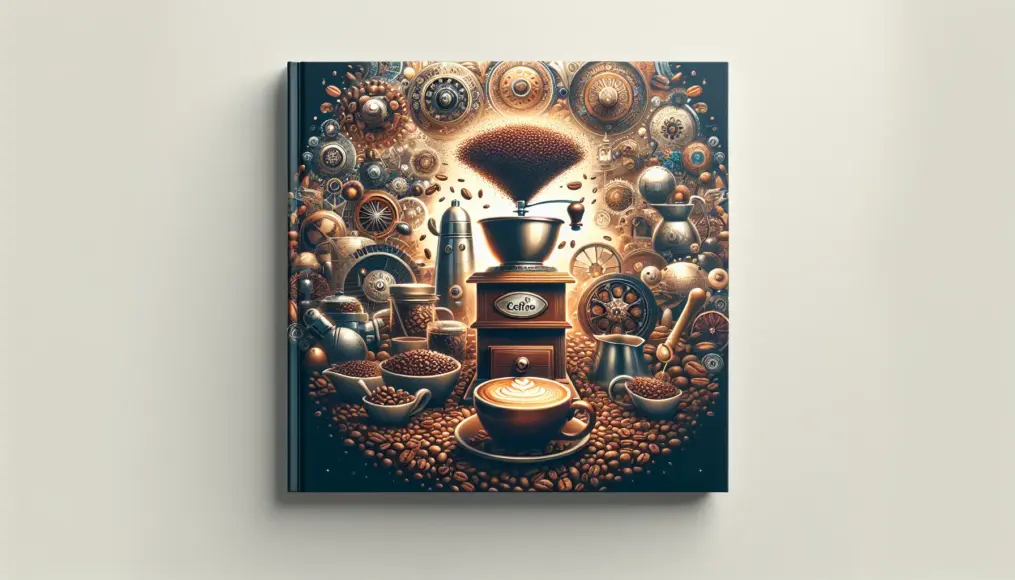
Comment